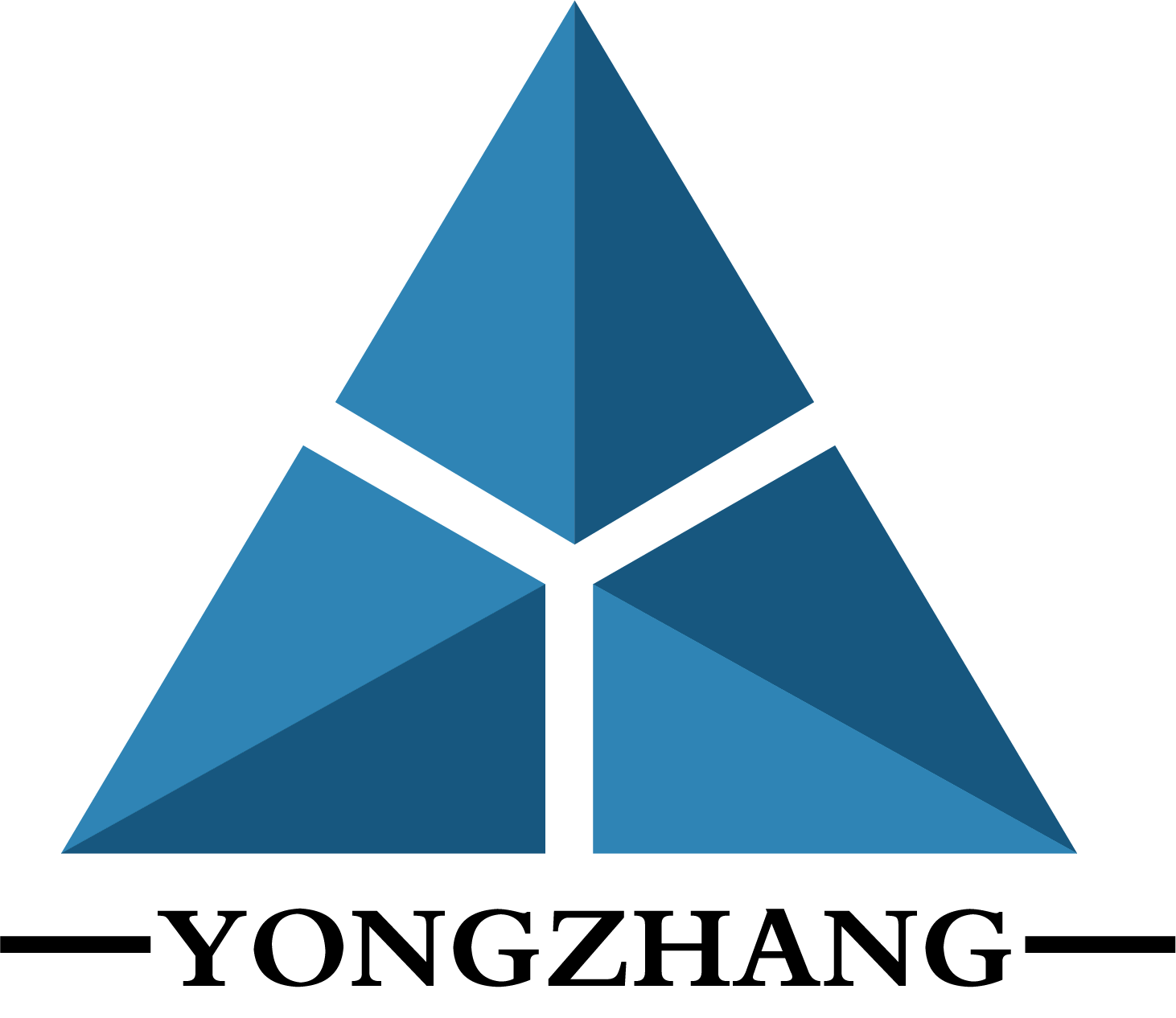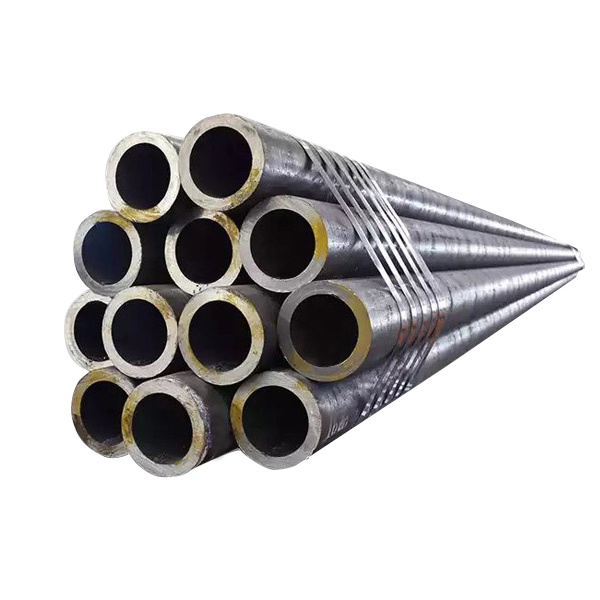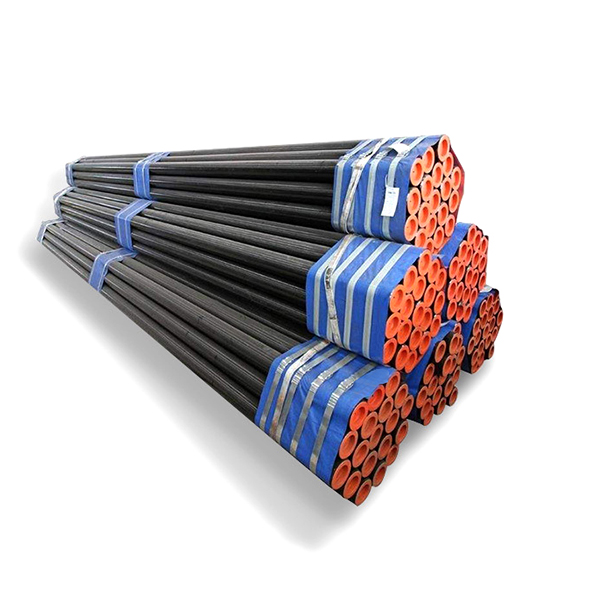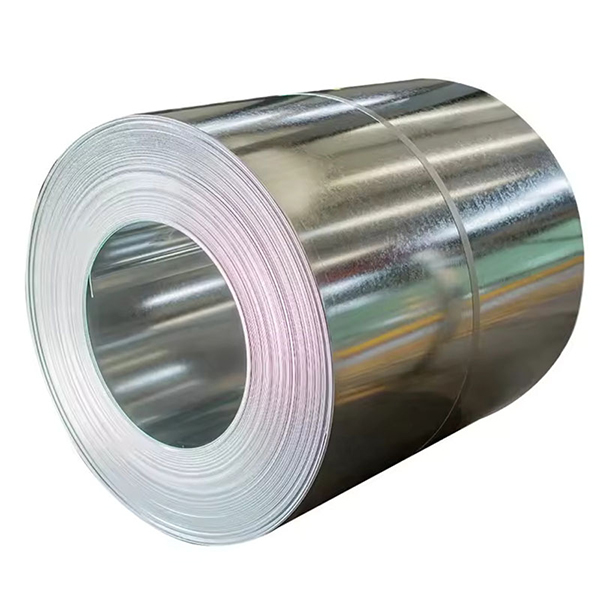Galvanized seamless steel pipe
Galvanized seamless steel pipes refer to seamless steel pipes that have been coated with a layer of zinc on both the inner and outer surfaces through processes such as hot-dip galvanizing or electro-galvanizing to achieve anti-corrosion purposes. They are suitable for fire protection, water supply and drainage, gas and other systems in humid and corrosive environments.
Galvanized seamless steel pipes are industrial materials made from seamless steel pipes and undergo surface treatment of hot-dip galvanizing (or electro-galvanizing). They are widely used in fields such as construction, machinery, automobiles, aerospace, and oil and gas transportation. The process involves removing oxides on the surface of the steel pipe through acid washing and then immersing it in a molten metal tank to form an alloy coating. These pipes have strong corrosion resistance and high adhesion.
Combining the advantages of seamless steel pipes and galvanized steel:
Advantages of seamless steel pipes: They have high strength and high pressure-bearing capacity, and the pipe body has no welds. The overall performance is excellent and they will not become structural weaknesses due to welds.
Advantages of galvanized steel pipes: The zinc layer can form a dense physical barrier, effectively preventing the contact between the steel and external corrosive media. At the same time, the electrochemical properties of zinc are more active than those of iron. In a corrosive environment, zinc will be the sacrificial anode and be corroded first, thereby protecting the internal steel pipe matrix.
Manufacturing process
The manufacturing of galvanized seamless steel pipes usually involves first producing seamless steel pipes that meet the requirements, and then carrying out the galvanizing process.
Seamless pipe production: Hollow steel billets are processed into seamless steel pipes through processes such as piercing and rolling.
Galvanizing treatment
Hot-dip galvanizing: This is the most common galvanizing method. Seamless steel pipes are immersed in molten zinc liquid to form a zinc-iron alloy layer and a pure zinc layer on the inner and outer walls of the pipes. This method results in a thicker zinc layer, good corrosion resistance, and strong durability.
Electro-galvanizing: Also known as cold galvanizing, a zinc layer is plated on the surface of the steel pipes through electrolysis. This method has a relatively lower cost, but the zinc layer is thinner, and its corrosion resistance and wear resistance are not as good as hot-dip galvanizing.
Application scenarios
Galvanized seamless steel pipes are often used in fields with high requirements for the comprehensive performance of pipelines due to their high strength and anti-corrosion properties:
Fire protection pipes: They need to store water for a long time and withstand high pressure. The galvanized layer can effectively prevent internal rust and blockage of the pipes.
High-pressure fluid transportation: In some environments that require high pressure and have certain corrosiveness, such as industrial water supply and the transportation of some chemical media.
Structural components: They are used for high-strength structural support in outdoor and humid environments, such as bridges and building frames.
In conclusion, galvanized seamless steel pipe is a high-performance and widely-applied composite pipe material. It combines the structural advantages of seamless steel pipe with the anti-corrosion benefits of the galvanized coating, making it an ideal choice for many engineering projects.





